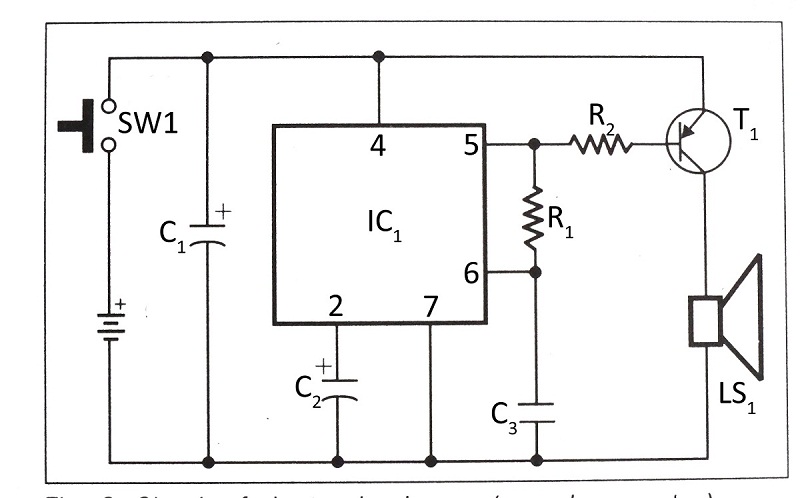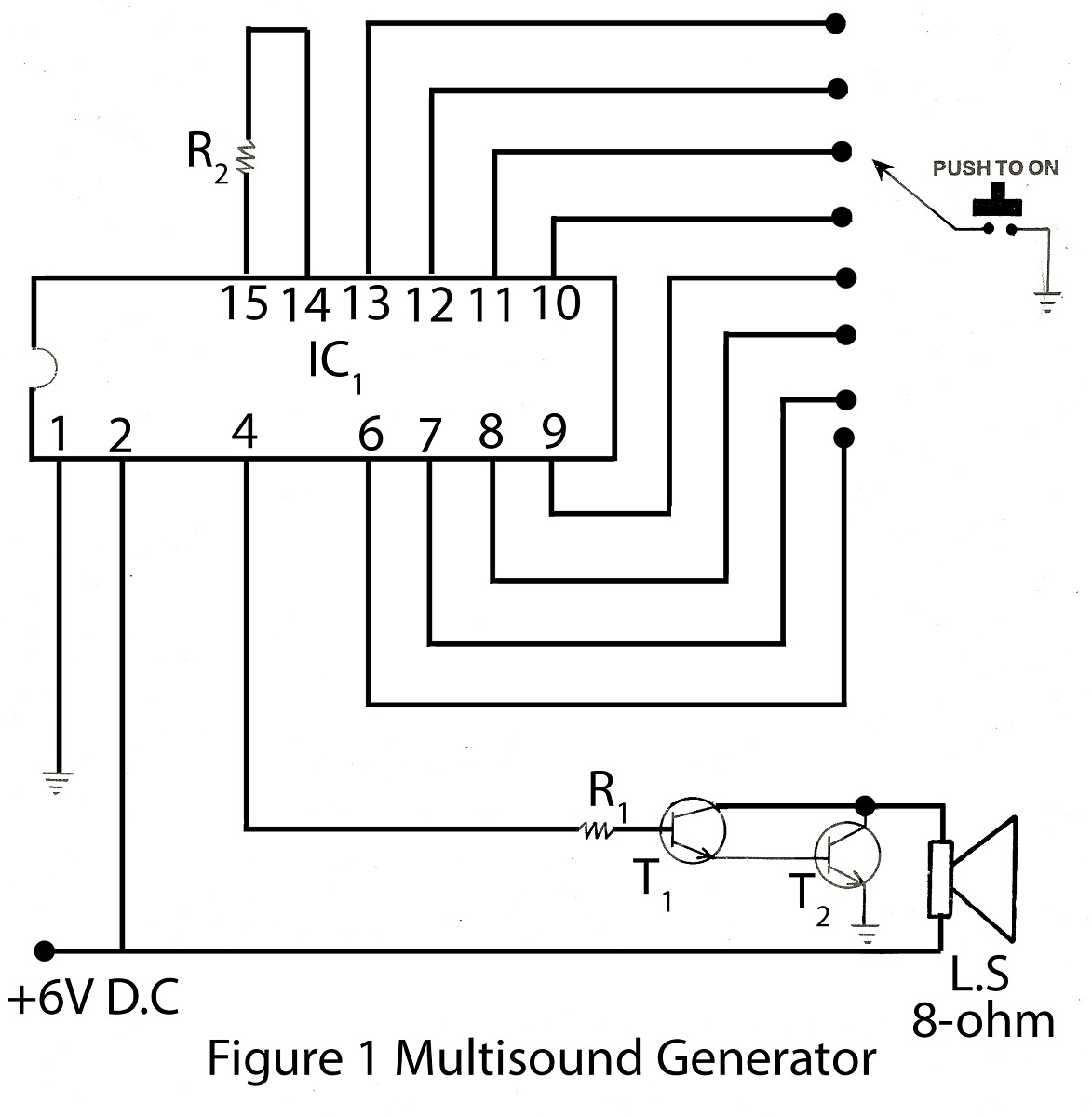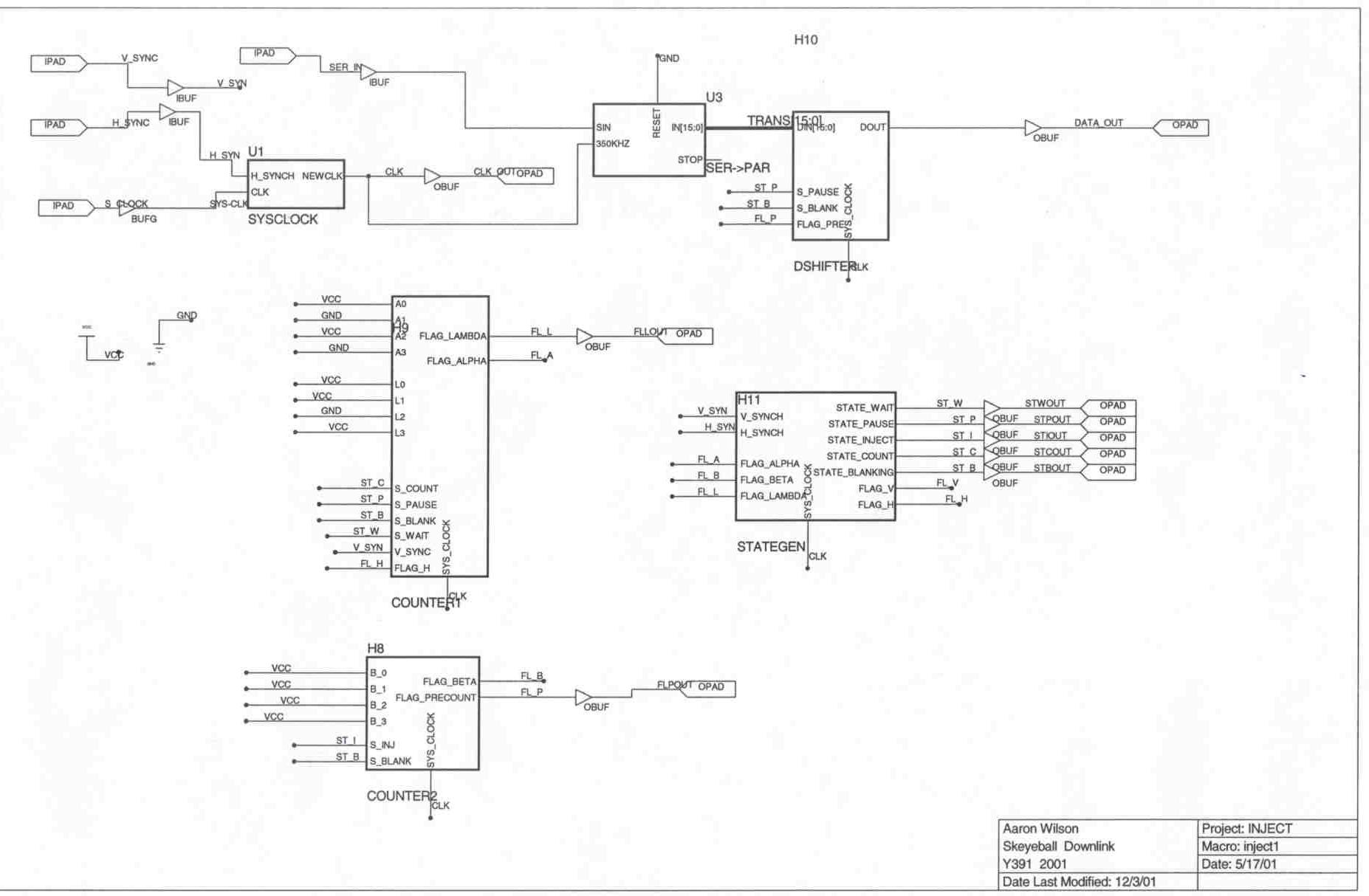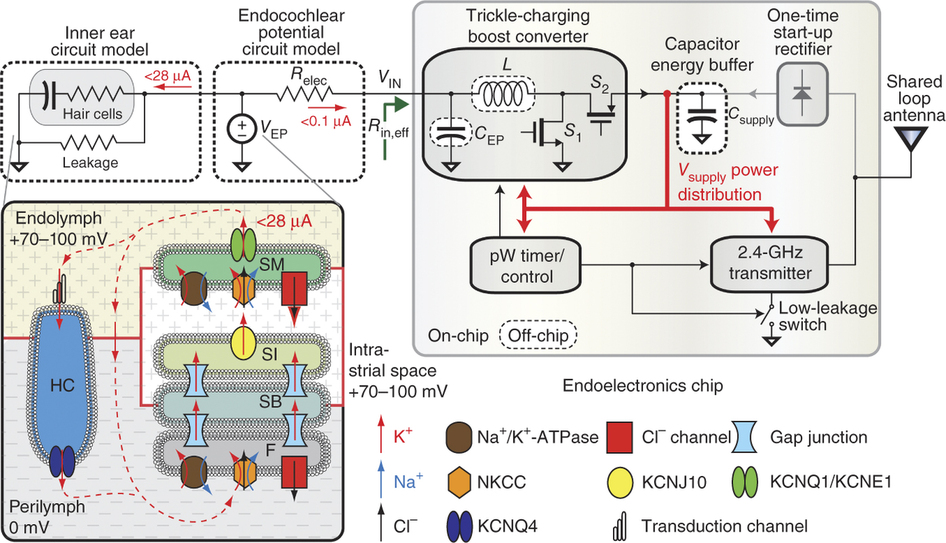
Electronics Clapper (sound generator) and description

This document presents a verified circuit diagram for a simple, interesting, and cost-effective electronic clapper (sound generator) circuit, along with a description of its functionality.
The electronic clapper circuit is designed to activate sound generation through the detection of sound waves, specifically clapping. The primary components of this circuit typically include a microphone, an amplifier, a rectifier, and a sound output device such as a speaker or buzzer.
The microphone serves as the input transducer, converting sound waves from claps into an electrical signal. This signal is then amplified by an operational amplifier (op-amp) to ensure that it reaches a sufficient level for processing. The output from the amplifier is fed into a rectifier circuit, which converts the AC signal generated by the microphone into a DC signal.
Once rectified, the DC signal is used to trigger a relay or transistor, which subsequently activates the sound output device. The sound output device can be a simple piezo buzzer or a small speaker, depending on the desired sound quality and volume.
To improve performance, the circuit may also include additional components such as capacitors for filtering, resistors for biasing, and potentiometers for adjusting sensitivity. The design can be further enhanced by incorporating a microcontroller for more complex sound patterns or additional features like adjustable sensitivity and sound duration.
This circuit is ideal for various applications, including novelty items, alarms, or interactive toys, due to its straightforward design and low cost. Proper attention to component selection and circuit layout will ensure reliable operation and longevity of the electronic clapper system.Here is verified circuit of simple, interesting and inexpensive electronics clapper (sound generator) circuit diagram with description of electronics clapper. 🔗 External reference
The electronic clapper circuit is designed to activate sound generation through the detection of sound waves, specifically clapping. The primary components of this circuit typically include a microphone, an amplifier, a rectifier, and a sound output device such as a speaker or buzzer.
The microphone serves as the input transducer, converting sound waves from claps into an electrical signal. This signal is then amplified by an operational amplifier (op-amp) to ensure that it reaches a sufficient level for processing. The output from the amplifier is fed into a rectifier circuit, which converts the AC signal generated by the microphone into a DC signal.
Once rectified, the DC signal is used to trigger a relay or transistor, which subsequently activates the sound output device. The sound output device can be a simple piezo buzzer or a small speaker, depending on the desired sound quality and volume.
To improve performance, the circuit may also include additional components such as capacitors for filtering, resistors for biasing, and potentiometers for adjusting sensitivity. The design can be further enhanced by incorporating a microcontroller for more complex sound patterns or additional features like adjustable sensitivity and sound duration.
This circuit is ideal for various applications, including novelty items, alarms, or interactive toys, due to its straightforward design and low cost. Proper attention to component selection and circuit layout will ensure reliable operation and longevity of the electronic clapper system.Here is verified circuit of simple, interesting and inexpensive electronics clapper (sound generator) circuit diagram with description of electronics clapper. 🔗 External reference





